#Grasslands
Explore tagged Tumblr posts
Text

Grand Teton National Park
Jackson, Wyoming
#wyoming#film photography#35mm#analogue#original photography#travel diary#photographers on tumblr#mountains#jackson hole#grand teton national park#Grand Tetons#national park#hiking#landscape photography#first of the roll#light leaks#teton range#yellowstone#wildflowers#great plains#grasslands#forest
21 notes
·
View notes
Text









#aesthetic#naturecore#watercore#water aesthetic#water life#waterscape#ponds#stream#river#lake#water plants#cottagecore#nature aesthetic#rocks#stones#rocks and minerals#water stream#water shore#lush greenery#clear waters#ducks#landscape#forest#grasslands#shore#running water#grasscore#plantcore#plants#cottage aesthetic
3K notes
·
View notes
Photo
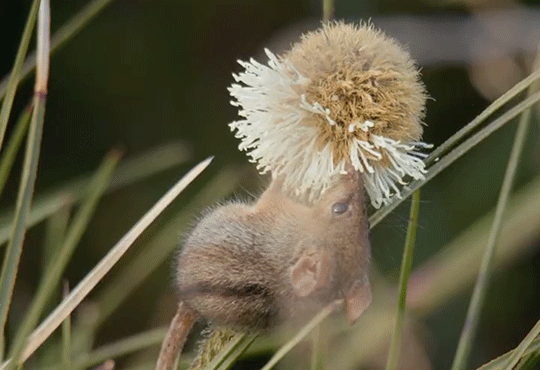
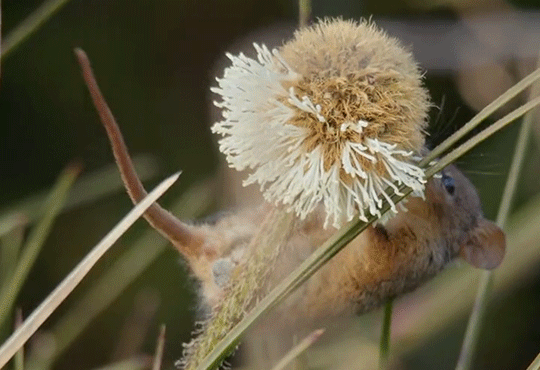
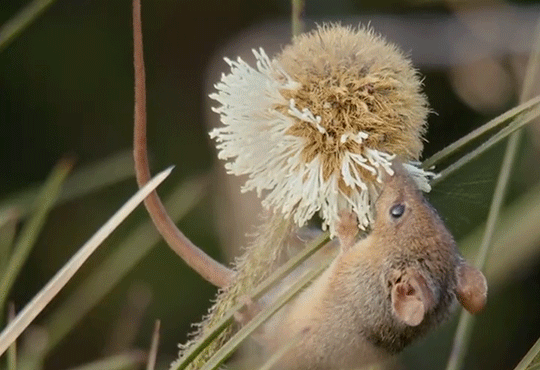
The honey possum, also called a noolbenger, is the only flightless animal that feeds exclusively on nectar and pollen. As such it’s an important pollinator in the grasslands of southern Australia. Grassland Films
#honey possum#noolbenger#australia#grasslands#mammalia#diprotodontia#y'all should go to that wiki page there's uhh.. a really great illustration.
13K notes
·
View notes
Text



Believe in the Pink Fairy Armadillo
The pink fairy armadillo, also known as the pichiciego (Chlamyphorus truncatus) is a species of armadillo found only in central Argentina. They reside primarily in sandy flats, scrublands, and grasslands. They are extremely sensitive to environmental changes, and require certain species of shrub as well as copious amounts of compact sand for a suitable habitat.
Pichicegos spend the majority of their time underground, only emerging at night to forage. They feed mainly on ants, and supplement their diet with other insects, especially beetles, larvae worms, as well as various plants and roots. C. truncatus is also sometimes referred to as the 'sand swimmer' due to its ability to burrow quickly through sandy soil.
The pink fairy armadillo is named for its distinctive pink 'shell', composed of 24 leathery segments that are attached to the back via a thin membrane. The rest of the body is covered in fine white hair. These two features help individuals maintain a constant internal temperature despite the extremely hot days and frigid nights of the Argentinian desert. In addition to its unique looks, the pichicego is also notable for being the smallest known armadillo species. Adults can be anywhere from 90–115 mm (3.5–4.5 in) long, and typically weigh about 120 g (4.2 oz).
Very little is known about the mating and reproductive habits of pink fairy armadillos. Based on what is known about similar armadillo species, it is likely that females only have a small litter of 1-3 pups, and they will nurse them for some period of time. However, outside of mating, adults are known to be highly solitary-- though not aggressively territorial.
Conservation status: The pink fairy armadillo is currently listed as Data Deficient by the IUCN, as very little is known about this creature's population size or spread. However, in 2006 it was listed as Near Threatened, and due to its sensitivity to changes in habitat quality or structure it is likely threatened by climate change, habitat destruction, and agricultural activities.
Photos
Mariella Superina
Ivan Gutierrez Lemaitre
Mariella Superina
#pink fairy armadillo#Cingulata#Chlamyphoridae#armadillos#mammals#deserts#desert mammals#scrubland#scrubland mammals#grasslands#grassland mammals#south america#southern south america
246 notes
·
View notes
Text

August 2015
312 notes
·
View notes
Photo

Art Fight revenge for Hioshiru!
Posted using PostyBirb
351 notes
·
View notes
Text





a quiet place
without time
#nature#sweden#photography#nature photography#photographers on tumblr#beauty#canon#beauty of nature#forest#woods#grass#grassland#grasslands#wetland#wetlands#swamp#swamps#swampland#swamplands#quiet#mysterious#mystery#mystic#grassy#forestcore#naturecore#dark#shadows#dusk#darkness
211 notes
·
View notes
Text




Indian grass (Sorghastrum nutans) at Tipton Prairie, Greene County, Iowa.
219 notes
·
View notes
Text
Cuando te llueve la comida del cielo:
70 notes
·
View notes
Text

Eastern Meadowlark Sturnella magna
5/10/2022 Kissimmee Prairie Preserve, Florida
#bird#birds#bird photography#birblr#birding#birdwatching#bird photos#wildlife#nature#florida#florida wildlife#meadow#prairie#grassland#grasslands#meadowlark#lark#eastern meadowlark#my photos
225 notes
·
View notes
Text

•Indian Striped Hyena•
Scavenger from grasslands of Deccan Plateau, India
#india#nature#nikon#nikonphotography#photography#artists on tumblr#maharashtra#pune#wildlife#striped hyena#hyena#grasslands#photographers on tumblr#raw#indian wildlife
75 notes
·
View notes
Text









#aesthetic#cottagecore#cottage style#cozy cottage#cottage aesthetic#naturecore#cottage charm#cottagecore aesthetic#cottage vibes#nature vibes#nature aesthetic#flowercore#cozy places#cozy aesthetic#cozy living#cozycore#summer cottage#scenery#grasslands#flowery meadow#spring cottage#cottage gardens#fairy cottage#floral aesthetic#books and reading#fairy vibes#fairycore#garden cottage#fairy aesthetic#forests
2K notes
·
View notes
Text
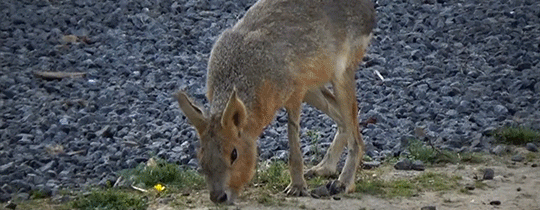

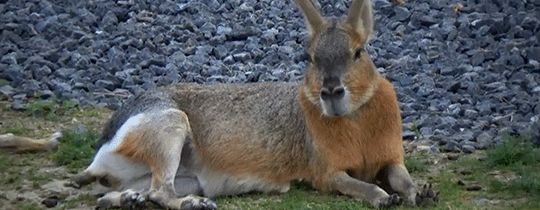

The Patagonian mara is a large rodent, resembling a large jackrabbit and most closely related to capybaras and guinea pigs. They're monogamous until one partner dies, but generally breeding happens in large communal dens where care of young is occasionally shared. ©
#patagonian mara#patagonia#argentina#grasslands#zoo footage#(i'm tagging where the animal lives rather than where the zoo is? the zoo is in france tho ^^')#mammalia#rodentia#request
3K notes
·
View notes
Text
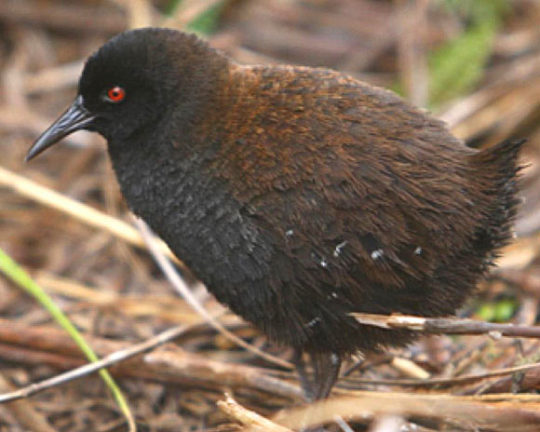
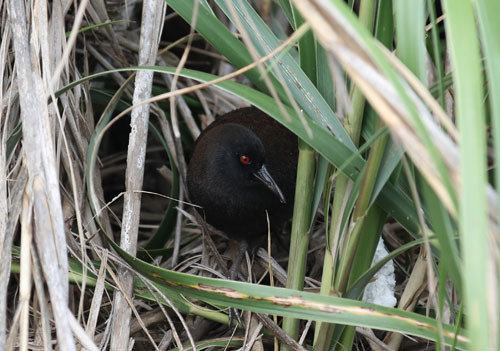

Access Denied: The Inaccessible Island Rail
The Inaccessible Island rail (Laterallus rogersi) is a rarely seen member of the rail family, Rallidae. Part of the reason for its obscurity is the place in which it resides: Inaccessible Island, part of the Tristan da Cunha archipelago in the southern Atlantic Ocean. These islands are extremely remote, and until 2019 it was unclear how L. rogersi even came to be there. We now know that the species colonized the island some 1.5 million years ago, originally coming in from South America and subsequently losing its ability to fly.
In addition to its unique evolutionary history, the Inaccessible Island rail's greatest claim is that it is the smallest flightless bird in the world. Individuals weigh between 35 to 49 g (1.2–1.7 oz) and can be 13 to 15.5 cm (5.1–6.1 in) long from beak to tail. Members of both sexes are dark brown with red eyes; some may have white striping along the underbelly or wings. Females tend to be slightly smaller and lighter in color than males.
The Inaccesible Island rail can be found on all habitats on the island in which it inhabits; these include low mountains and fern brush though the species is most abundant in the grasslands that grow close to the rocky shore. Within these habitats, L. rogersi is largely diurnal. They freely forage for invertebrates, including earthworms, beetles, and moths, as well as seeds and berries; as they have no natural predators they have few defenses against potential threats, although they can run extremely fast when alarmed.
Adults are highly territorial, and when two rivals of either sex encounter each other they will display by lowering their heads, circling each other, and calling loudly until one of them concedes. Males and females mate for life, and build nests in the tall grass. The breeding season is between October and January, in late summer, and females lay a clutch of 2 eggs. Both parents take turns incubating the eggs until they hatch. Chicks can be vulnerable to predation by the migratory brown skua, so parents guard the nest fiercely. The time it takes for chicks to fully mature is unknown, as is the average lifespan in the wild.
Conservation status: The Inaccessible Island rail is considered Vulnerable by the IUCN. The island's population is believed to stand at about 5,600 adult birds. While the island's ecology is currently stable, researchers believe the species would be seriously imperaled if invasive species such as house mice, feral cats and brown rats were introduced. Access to the island is currently restricted, and the island has been declared a nature reserve by the Tristan da Cunha Island Council.
If you like what I do, consider leaving a tip or buying me a kofi!
Photos
Peter G. Ryan
#inaccessible island rail#Gruiformes#Rallidae#rails#birds#islands#island birds#grasslands#grassland birds#Atlantic ocean#animal facts#biology#zoology
954 notes
·
View notes
Text



Plant of the Day
Thursday 29 August 2024
Next to the footpath on the Caledonian Canal, Inverness, were large patches of the wildflower Campanula rotundifolia (harebell, Scottish bluebell, lady’s thimble, witch’s bells) thriving in the dry, nutrient-poor grassland.
Jill Raggett
#campanula#harebell#Scottish bluebell#lady’s thimble#witch’s bells#wildflower#native#grasslands#meadow#plants#blue flowers#Caledonian Canal#footpath#inverness#scotland
107 notes
·
View notes



